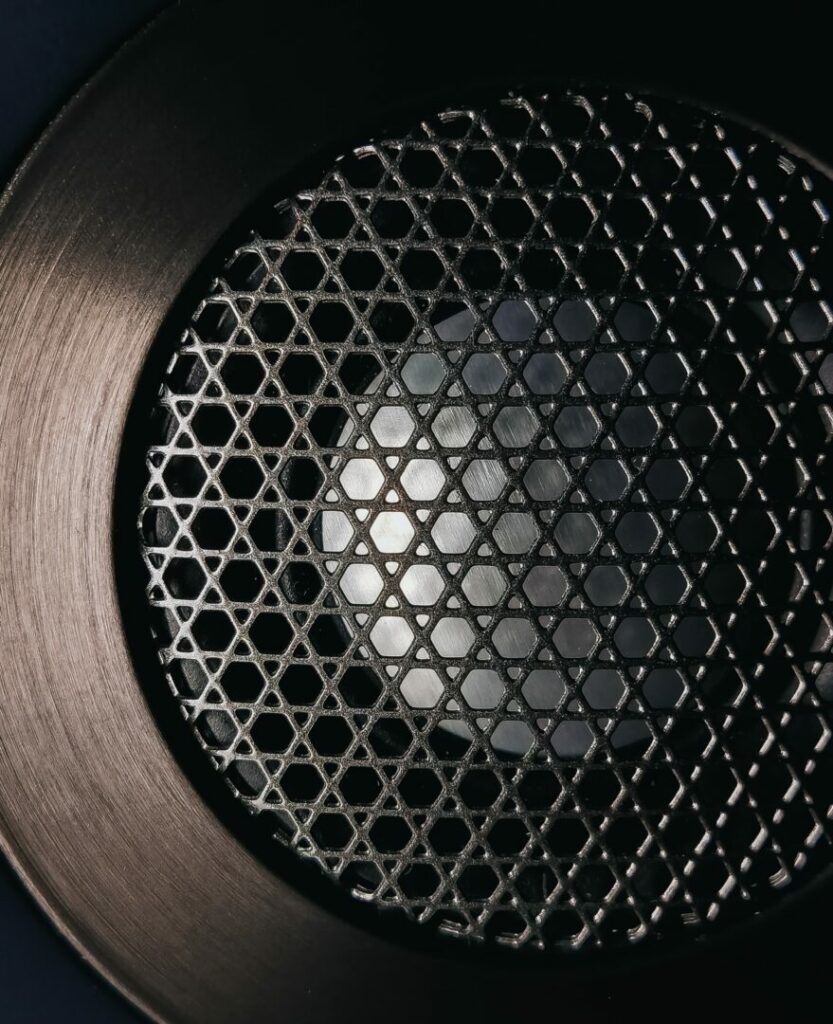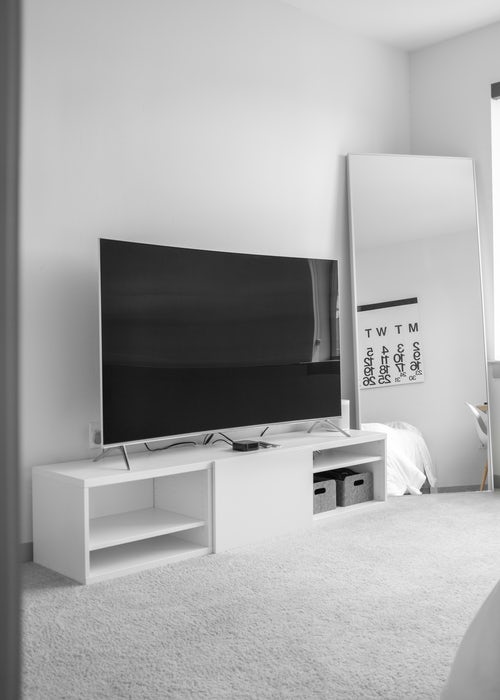Are There Ways To Improve A Speaker’s Bass? (Potential Ways)
Are There Ways To Improve A Speaker’s Bass? (Potential Ways)

When it comes to home theater or even just listening to music in general, there’s often many ways to make the experience better.
That goes for both the quality of the sound itself and the environment you’re actually listening to things in.
Since there’s often a multitude of things that can help sound quality in new or older speakers, today I wanted to cover a more specific aspect.
That is, if it’s possible to potentially improve or boost a speakers bass output; or at least the way you perceive it so that you get more enjoyment out of the speakers in your home theater or sound system.
Though it depends on your listening conditions and the type of speakers or system you have, the following are just a few things I’ve noticed over the years that you may find helpful.
How To Improve A Speaker’s Bass
A few ways that may help improve a speaker’s bass are; moving it closer to the wall, improving the acoustics of the room through acoustic panels, adjusting the bass knob on the speaker if it has one, using the receiver’s auto optimization feature, using a multi-band EQ software to adjust bass levels, or using a subwoofer along with your speakers.
Moving The Speaker Closer To The Wall

The first thing I’ve found that sometimes helps a speaker when it seems like it lacks bass is actually moving it closer to the wall.
Similar to the way positioning can affect a subwoofer’s bass, positioning of your speakers may have an impact on this too.
This is because the sound waves from speaker travel to (and sometimes through) the wall then back to the speaker & your ears.
This may strengthen the sound in a way that makes it seem more full bodied, but it can also potentially make it sound boomy if not done right.
Where the results of this can vary wildly though is not only the distance you actually place it from the wall, but the size of the speaker itself, whether it’s a ported or sealed type of speaker, your seat positioning, and even the density of the wall.
That’s not even accounting for acoustic treatment in the room which is one of the most important aspects for how things sound.
Not saying the following is definitive since your results might be different, but here’s what I’ve personally noticed might at least be a good starting point.
With smaller speakers that have a port on the back, I’ve found that a distance from the wall of about 1 ¹/² to 2 feet can be a good starting point in terms of clarity — and from there, playing content and moving it closer to wall little by little each time might help to dial it in.
Since there are so many variables though, and since it’s up to your preference and your ears, the distance will have to be something you play with to really get right.
For smaller speakers that don’t have a port, you can probably start a little closer, but just be cognizant of how things sound with that initial placement and subsequent ones since you don’t want the sound to become bloated and lacking in detail.
It really is going to depend though, because if you have a larger speaker, then I’d probably recommend starting further away from the wall at first.
Then you can change it from there if the bass needs to be adjusted.
Here’s a calculator that can help with getting both the seating and distance for the front speakers right.
Improving The Acoustics Of The Room

As I briefly mentioned before, the acoustics of your room play a big role in how things sound too.
But simply put, acoustic treatment can impact bass too; and one way to improve the acoustics of your room is through the use of acoustic panels.
These can help to absorb a lot of the excess reflected sound waves in the room which can often detract from the quality of the audio you hear.
There’s lots of awesome options as far as acoustic panels go, but these are ones that I use.
Acoustic Sound Panels
Using The Auto Optimization In an AV Receiver
Another thing that might help is if you’re using home theater speakers with a home theater receiver that has an auto optimization feature built in.
A lot of modern receivers come with this feature and often include an optimization microphone when they do — which can be plugged into the receiver to optimize your speakers.
Calibrating them in this way can be a quick way to tailor the sound to your particular room, and you can further adjust individual settings from there if need be.
Another quick tip that might help is changing the speakers from small to large in the settings menu if not done already (and if you’re not using a subwoofer)
This will allow for the speakers to be responsible for the frequencies the sub usually would, and while it might not have as much depth as one, may still help with some level of fullness with the audio quality.
Using An Equalization Software For PC/Desktop Speakers
If you’re on desktop or PC and you’re using speakers, then you can use an equalization software to customize their audio output including the bass, which may help.
They typically have what’s known as multi band EQ, and that basically means that there’s individual sliders that can be adjusted for specific frequencies.
The more of these sliders, the more you can adjust the lower end of the frequency range, the bass, to really dial things in. Some PCs may even come with their own EQ software pre installed so check to see if yours might have its own.
If not, there’s still many other EQ software’s that can be downloaded, but the best one for you really is going to boil down to preference and the features you prefer.
Using The Specific Mobile App Of The Bluetooth Speakers If They Have One
If you have Bluetooth speakers, it’s possible that they may have come with a mobile app or even EQ software that allows you to adjust the sound profile of the speakers from your phone, so that’s something you can check too.
Using this may allow you to customize things in a way that sounds better, but it also depends on the software and the capabilities of the speakers.
Some bluetooth, or even active speakers (the speakers that require a power source to work) may have a knob or knobs directly on them that allows you to physically adjust the bass & treble as well.
That’s something that I like about the Edifier R1280T which are an awesome pair of active speakers that can be plugged into devices that support a 3.5mm cable or RCA, and sound great in my opinion.
Check Availability Of Edifier R1280T Bookshelf Speakers
Adding A Subwoofer May Help If You Don’t Mind The Bass Not Fully Being Output By Your Speakers
Then of course if your speakers and current setup allows for it, there is the option of including a subwoofer into the mix.
In a nutshell, the subwoofer is a larger unit who’s main job is bass, so this could help add a layer of dimensionality to the sound if you find your current speakers not up to task in this regard.
Final Thoughts
With that, that just about wraps things up for today. In short, with a few tweaks and some smart speaker placement within the room, you can potentially optimize the bass from your speakers to sound better than what it does currently.
These are just a few things I’ve noticed over the years that might hopefully be somewhat useful since the capabilities of your speakers and the acoustics of your room do play a part.
But that’s it for now.
Until next time; make it easy, keep it simple!
About Me








Leave a Reply